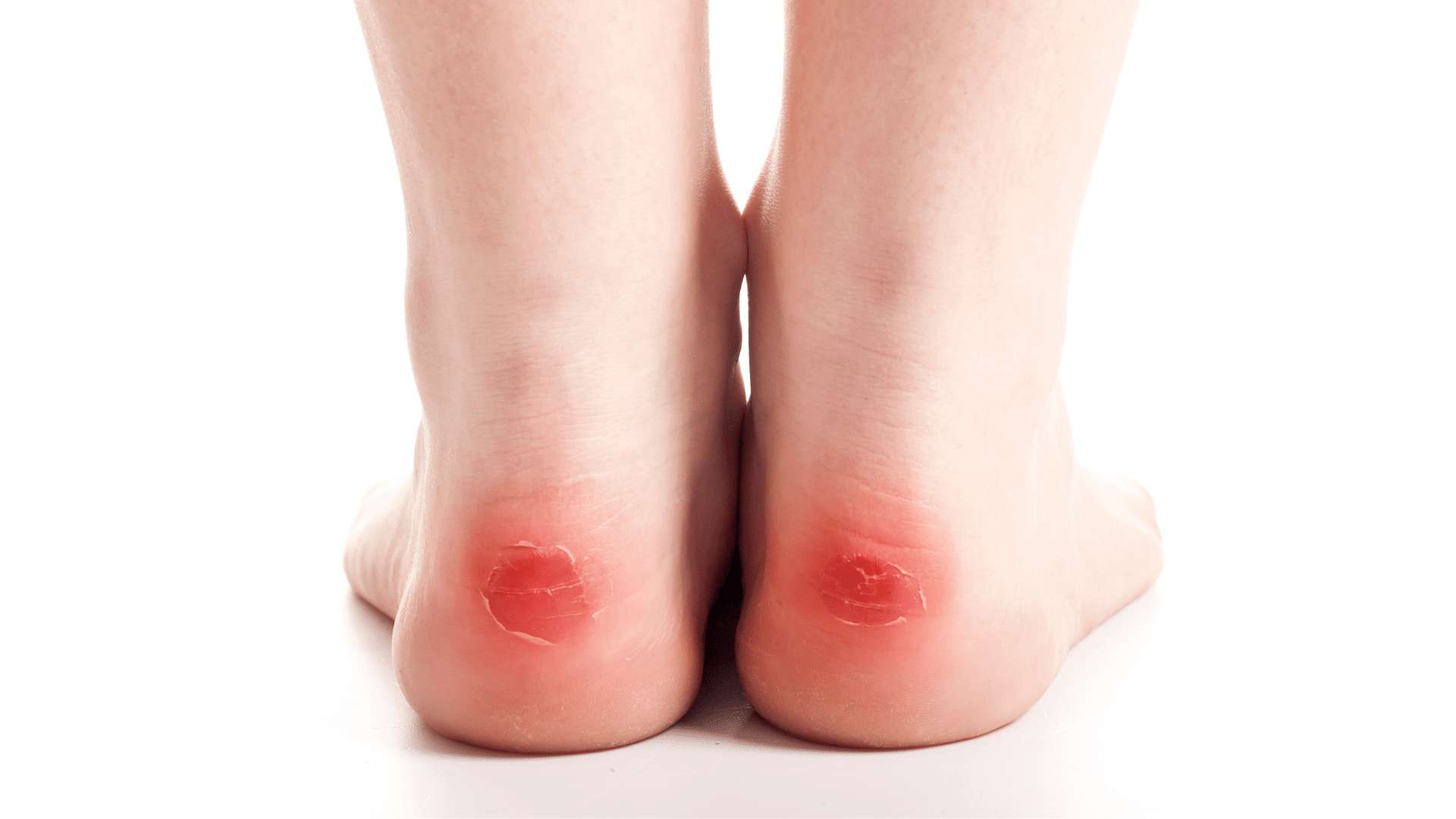Blisters: Cause & Treatment
What are the causes of blisters?
Blisters are fluid-filled pockets that form on the skin as a result of various causes. Some common factors that can lead to blister formation include:
- Friction: Blisters often occur as a result of repeated friction or rubbing on the skin. This can happen from wearing ill-fitting shoes, engaging in physical activities that involve repetitive movements, or using tools that cause rubbing against the skin.
- Burns: Thermal burns, such as those caused by contact with hot surfaces, steam, or flames, can lead to the formation of blisters as the body’s natural defense mechanism to protect the underlying skin.
- Sunburn: Overexposure to ultraviolet (UV) radiation from the sun can damage the skin cells and result in sunburn blisters. These blisters typically form a few hours after sun exposure and are a sign of skin damage.
- Allergic reactions: Allergic reactions to certain substances, such as chemicals in cosmetics, plants like poison ivy or poison oak, or medications, can cause blisters to develop on the skin.
- Infections: Skin infections, such as herpes simplex virus (cold sores), herpes zoster virus (shingles), or bacterial infections like impetigo, can lead to the formation of blisters as part of the body’s immune response.
- Contact dermatitis: Contact with irritants or allergens, such as detergents, metals, or certain plants, can trigger a skin condition known as contact dermatitis, characterized by redness, swelling, and the formation of blisters.
- Autoimmune disorders: Certain autoimmune diseases, like pemphigus or bullous pemphigoid, can cause the body’s immune system to attack healthy skin cells, leading to blister formation.
- Genetic factors: Inherited skin conditions, such as epidermolysis bullosa, can cause the skin to be fragile and prone to blistering.
- Diseases: Some medical conditions, such as chickenpox, eczema, or hand-foot-and-mouth disease, can present with blistering symptoms as part of their clinical manifestations.
Treatment for blisters depends on the underlying cause and severity of the condition. In most cases, small blisters can be left alone to heal on their own, while larger blisters may require medical attention, such as draining or antibiotic treatment. It’s important to avoid popping or puncturing blisters to reduce the risk of infection and promote proper healing. If you have concerns about blisters on your skin, it’s recommended to consult a healthcare provider for a proper evaluation and treatment plan.
How are blisters treated?
The treatment for blisters depends on the underlying cause and severity of the blister. In most cases, small blisters will heal on their own and do not require medical intervention. However, if the blister is large, painful, or at risk of infection, there are several steps you can take to treat blisters effectively:
- Leave it alone: In general, it is best to leave the blister intact to protect the underlying skin from further damage and reduce the risk of infection. The fluid inside the blister acts as a cushion and aids in the healing process.
- Clean the area: If the blister breaks open on its own or if you need to drain it, make sure to clean the area with mild soap and water to reduce the risk of infection. Do not remove the overlying skin as it can serve as a natural barrier for the healing skin underneath.
- Drain the blister: To drain a large or painful blister, you can sterilize a needle with rubbing alcohol or boil it in hot water, then gently puncture the blister at its edge. Allow the fluid to drain out, but leave the overlying skin in place to protect the raw skin underneath. Apply an antibiotic ointment and cover the blister with a sterile bandage.
- Protect the blister: Keep the blister clean and dry to promote healing. You can cover the blister with a bandage or moleskin to provide cushioning and prevent friction that can lead to further irritation.
- Pain relief: Over-the-counter pain relievers, such as acetaminophen or ibuprofen, can help reduce pain and discomfort associated with blisters.
- Antibiotics: If the blister becomes infected, consult a healthcare provider for proper evaluation. Antibiotics may be prescribed to treat bacterial infections.
- Prevention: To prevent blisters from forming, ensure proper fitting footwear, use protective gloves when working with tools, and apply sunscreen to prevent sunburn blisters. Additionally, consider using blister prevention products, such as moleskin pads or blister-specific bandages.
It’s important to monitor the blister for signs of infection, such as increased redness, swelling, warmth, pus, or fever. If you notice these symptoms or if the blister does not show signs of improvement within a few days, seek medical attention. A healthcare provider can provide appropriate treatment and guidance for more severe or recurrent blistering conditions.




